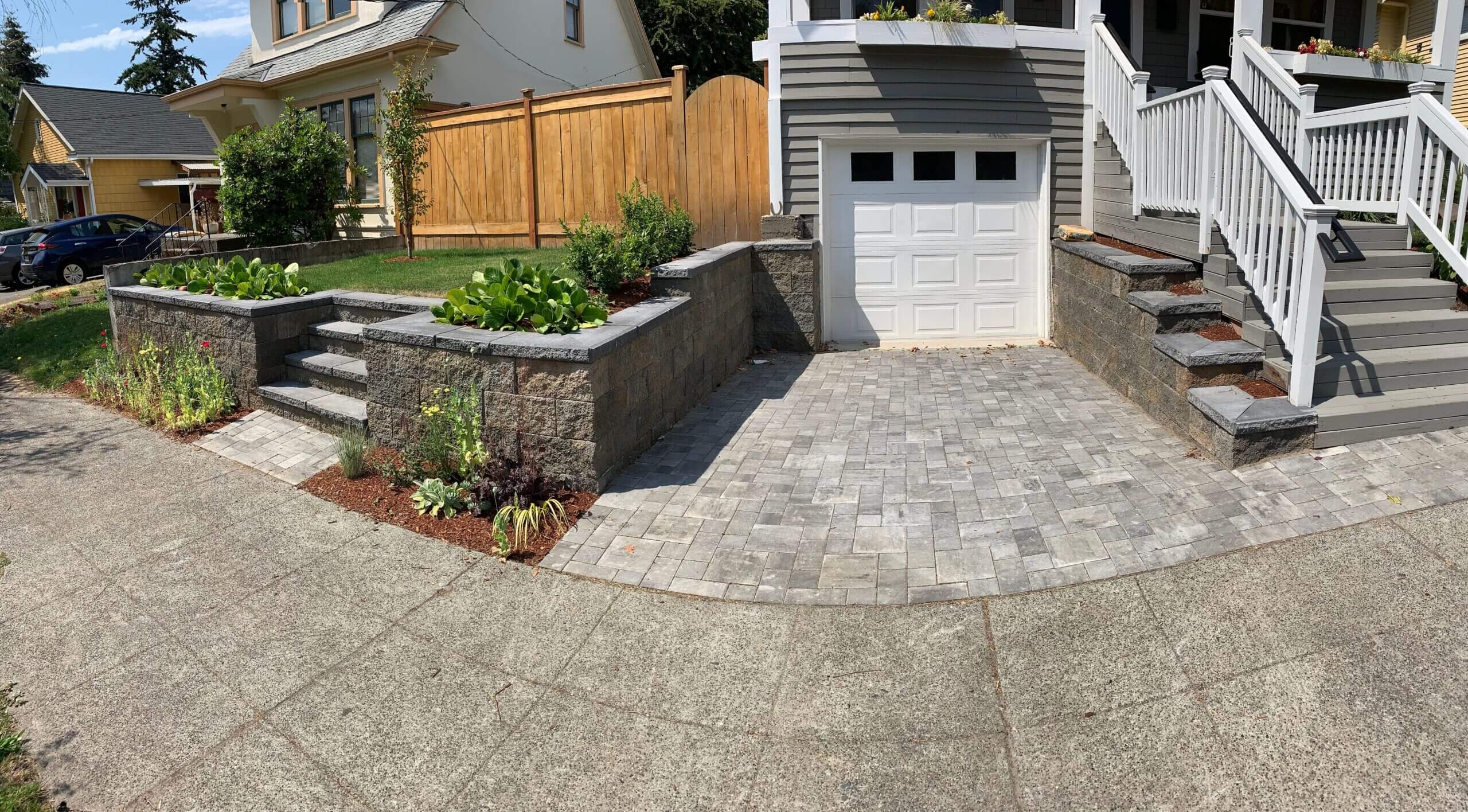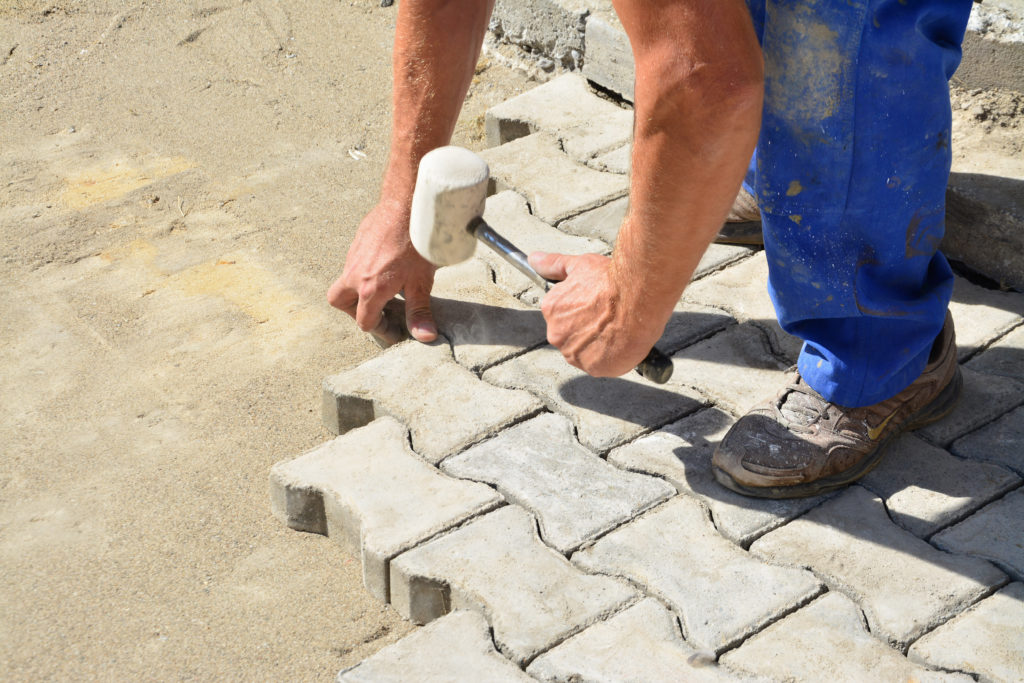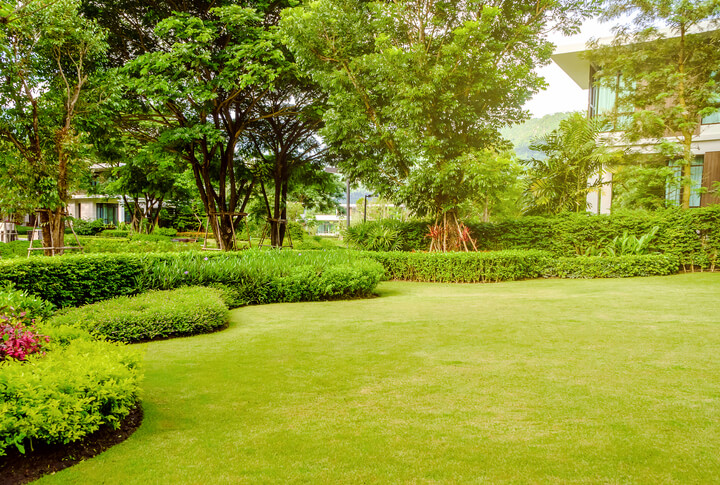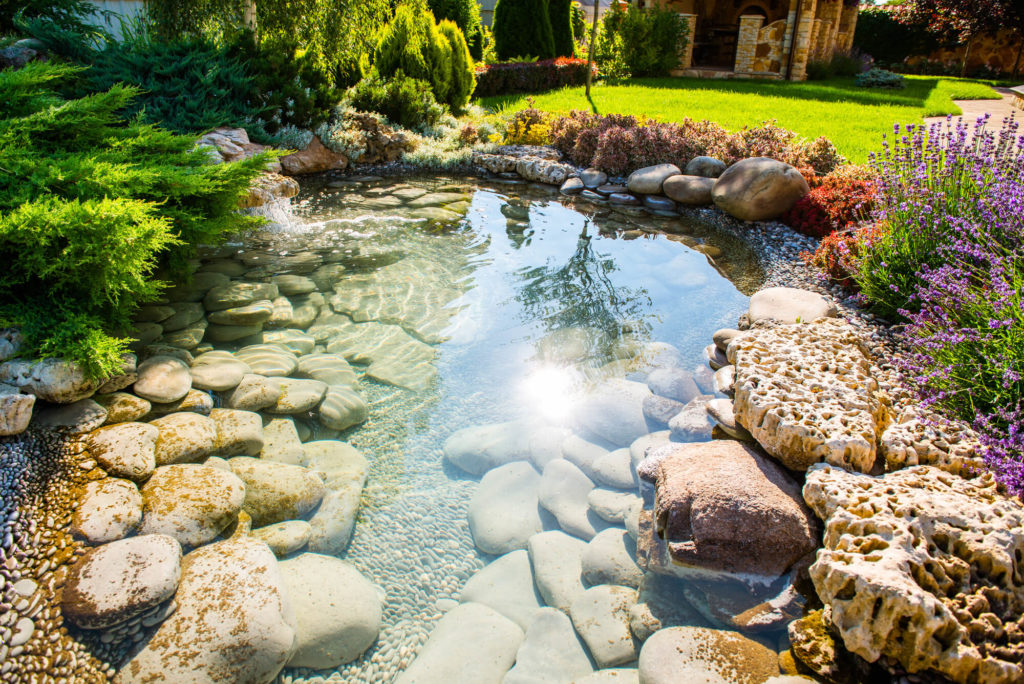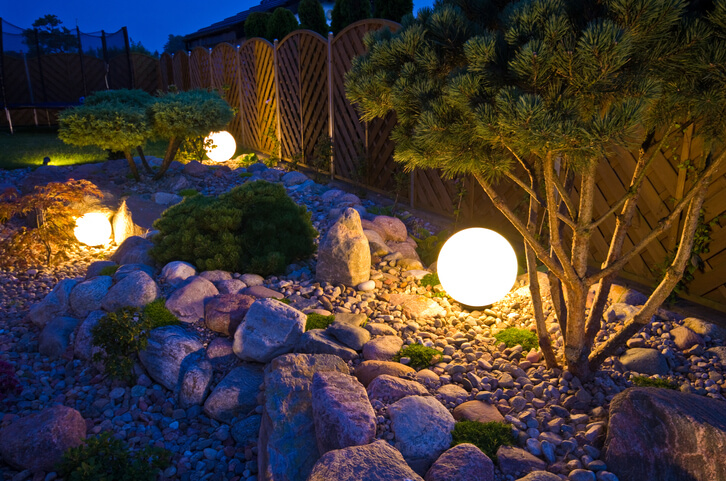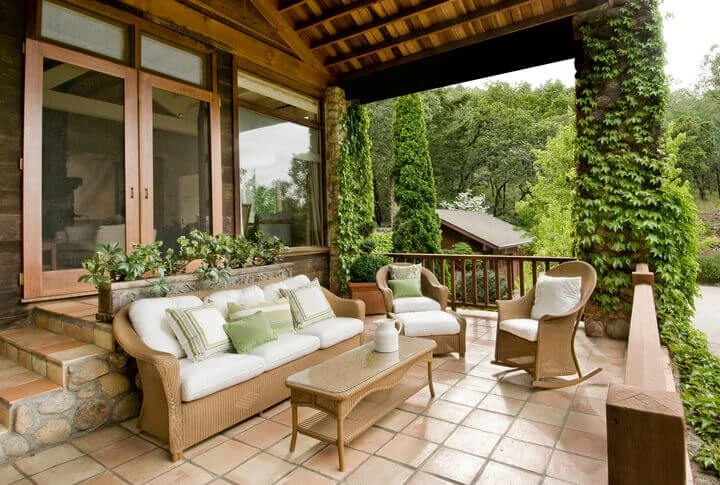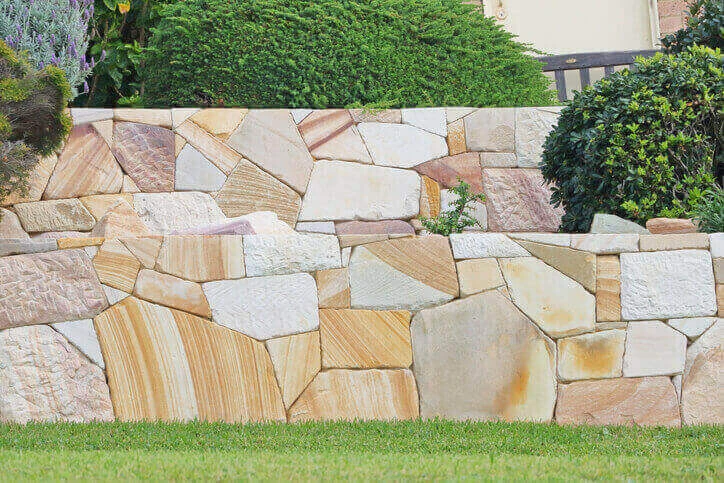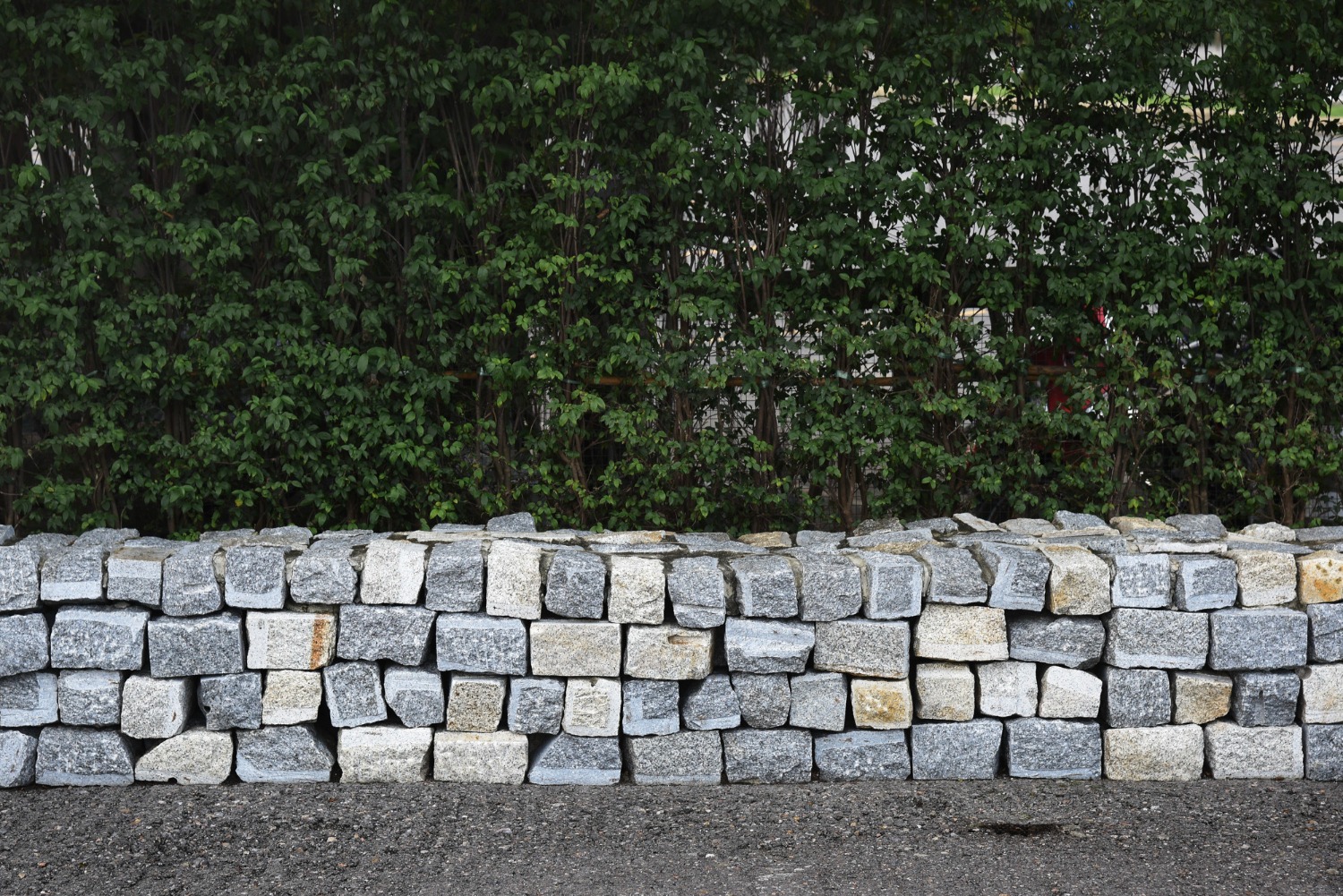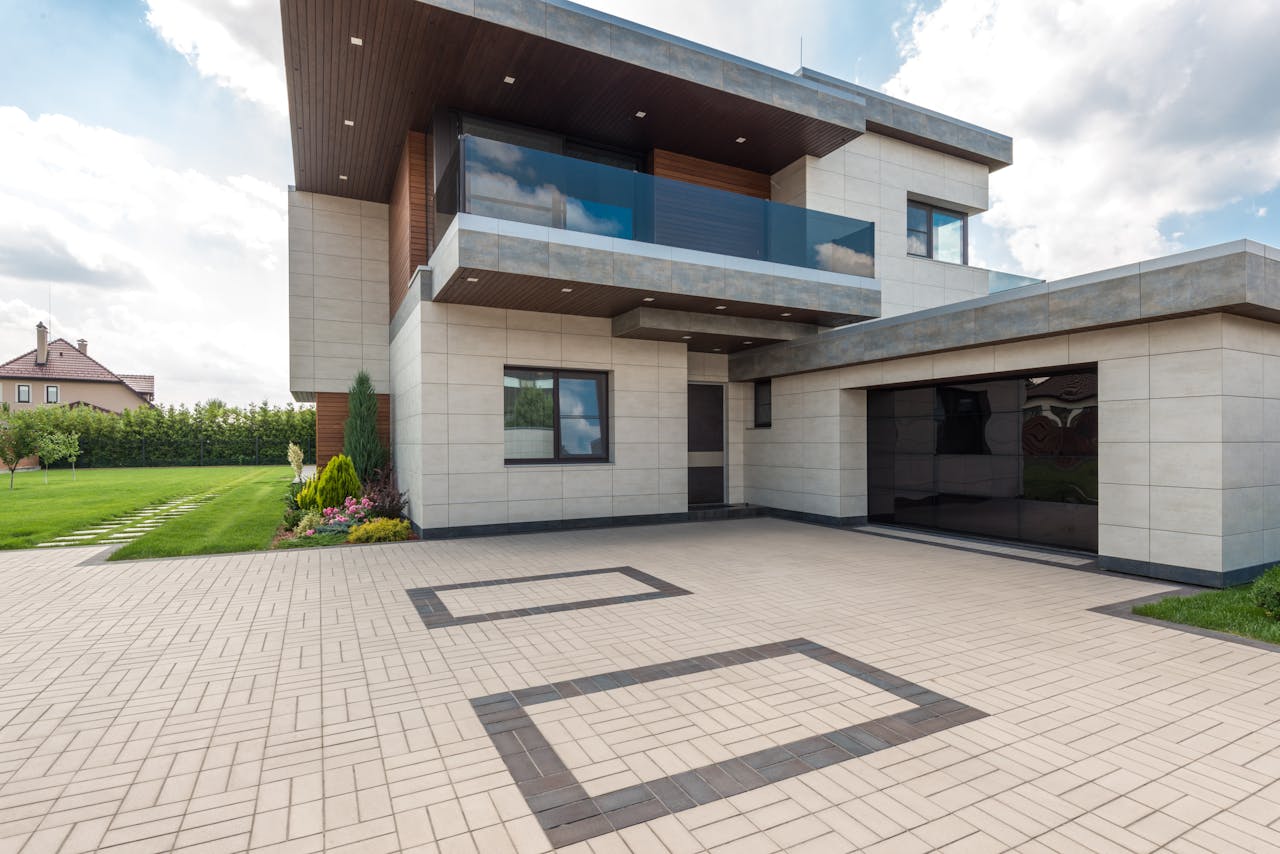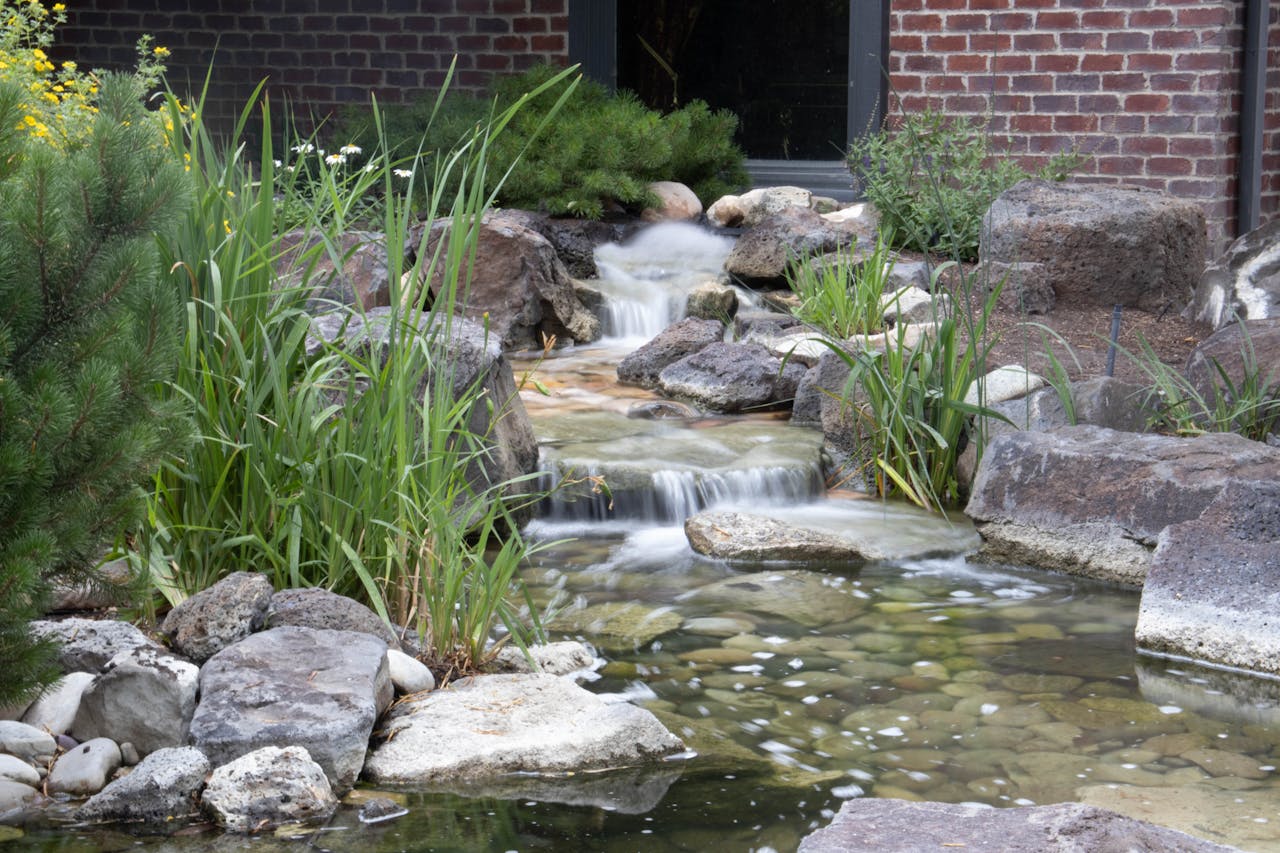
Backyard Waterfalls: Waterfall Landscaping Ideas for Your Back Yard
There are many different options when it comes to landscaping your yard. Choices vary from rockeries and fountains to trees, bushes, and more. These waterfall landscaping ideas for your backyard or as a feature point in any other areas of your home can greatly complement each other. Let’s look at some photos and general info of the possibilities available to you. 1. Waterfall Landscaping A waterfall is an attractive landscaping addition to any yard, whether you have a small or large amount of space available. Beautiful rockery siding, accompanied by a trickle of a cascading waterfall, and

